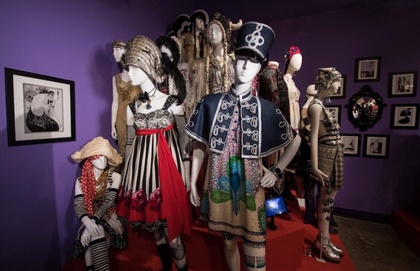Tour Guide: Essence, Education, Duties
The work of the tour guide is prestigious and interesting. This job is well paid. It is not monotonous, tedious. A guide’s working day is always full of surprises.
Description, pros, and cons
A tour guide is a person who shows tourists the sights. He coordinates a group of tourists, organizing breaks during excursions, visiting museums, cultural monuments, architectural masterpieces, exhibitions, galleries, houses of famous artists and politicians of the past, etc. The guide must speak several languages in order to be able to answer any questions of the group members, to explain to them what is missed or mixed up.
Advantages and disadvantages
Advantages include:
- an opportunity to see the world, learn a lot of interesting things about world history.
- career and life prospects.
- communication with people from different corners of the world.
the ability to get additional speech practice.
Cons are:
- seasonal work.
- profits decrease sharply during the winter season.
- not always comfortable working conditions.
- serious competition.
Education
There are many courses where you can learn the basics of conducting excursions. As a rule, at the end of these courses, students receive a certificate confirming they have successfully undergone the course. But such certificates rarely have benefits for employers. Also, you can get a basic education in this area at colleges and at universities. If you have a desire to improve your qualifications, you can continue your education at the universities.
The list of the best US colleges and universities
- Harvard University, Cambridge, MA;
- Johns Hopkins University, Baltimore, MD;
- Georgetown University, Washington, DC;
- Brown University, Providence, RI;
- Tufts University, Medford, MA;
- New York University, New York, NY;
- George Washington University, Washington, DC;
- University of Michigan-Ann Arbor, Ann Arbor, MI;
- Middlebury College, Middlebury, VT;
- Boston University, Boston, MA.
Guide responsibilities
The guide has the following responsibilities:
- collect and study historical materials and documents, study archival documents, statistical research data, any other materials and documents that contain information about objects of excursions.
- to develop oratory abilities, answers to questions and public speaking.
- to get information about the place and time of arrival of tourists, organize meetings with them in a pre-agreed place, define the group, determine the number of group members, and hold protocol events.
- choose the best route for the tour. To give lectures on the history and culture, to explain the customs and traditions, to acquaint tourists with the sights, use voice amplification means like microphones for lecturing and public speaking.
- to conduct excursions, accompanying them with explanations, stories. Together with tourists, inspect the museum’s expositions and, if necessary, show them to group members. Instruct tourists on safety precautions.
- when viewing exhibitions, you should be extremely careful. Answer any (except personal) questions of tourists. Conduct conversations with tourists, be a translator if necessary.
- fill in vouchers, protocols, and other excursion documents. In case of tourists getting injuries, or their sudden illness, provide medical assistance, organize a call to the rescue services.
- coordinate the actions of group members in the event of situations that are dangerous to life or health, take measures to get rid of panic, inform the public services and authorized instances of emergency situations.
- organize the group departure, check the necessary documents, the availability of tickets, money, the presence of all registered participants.
